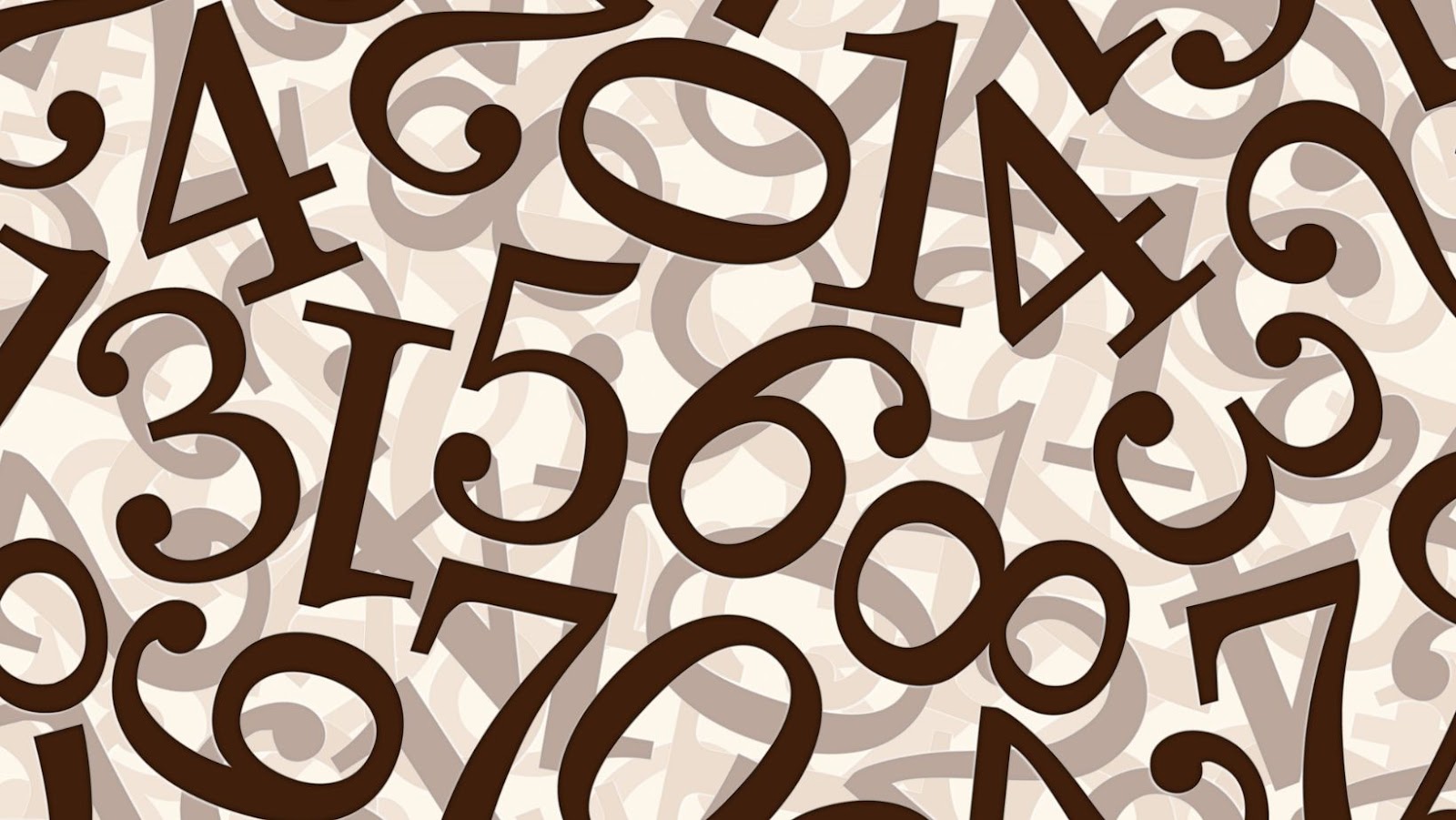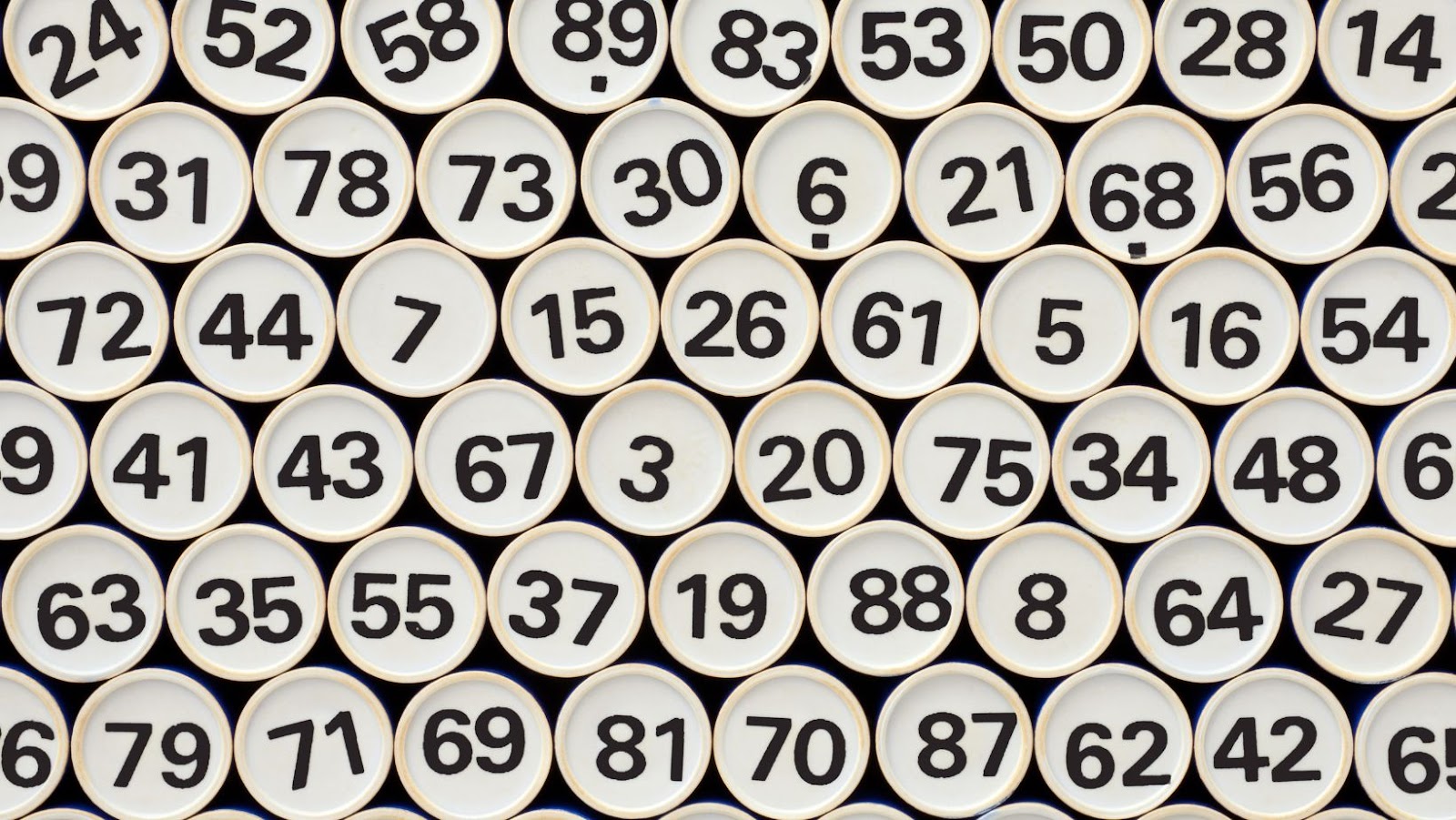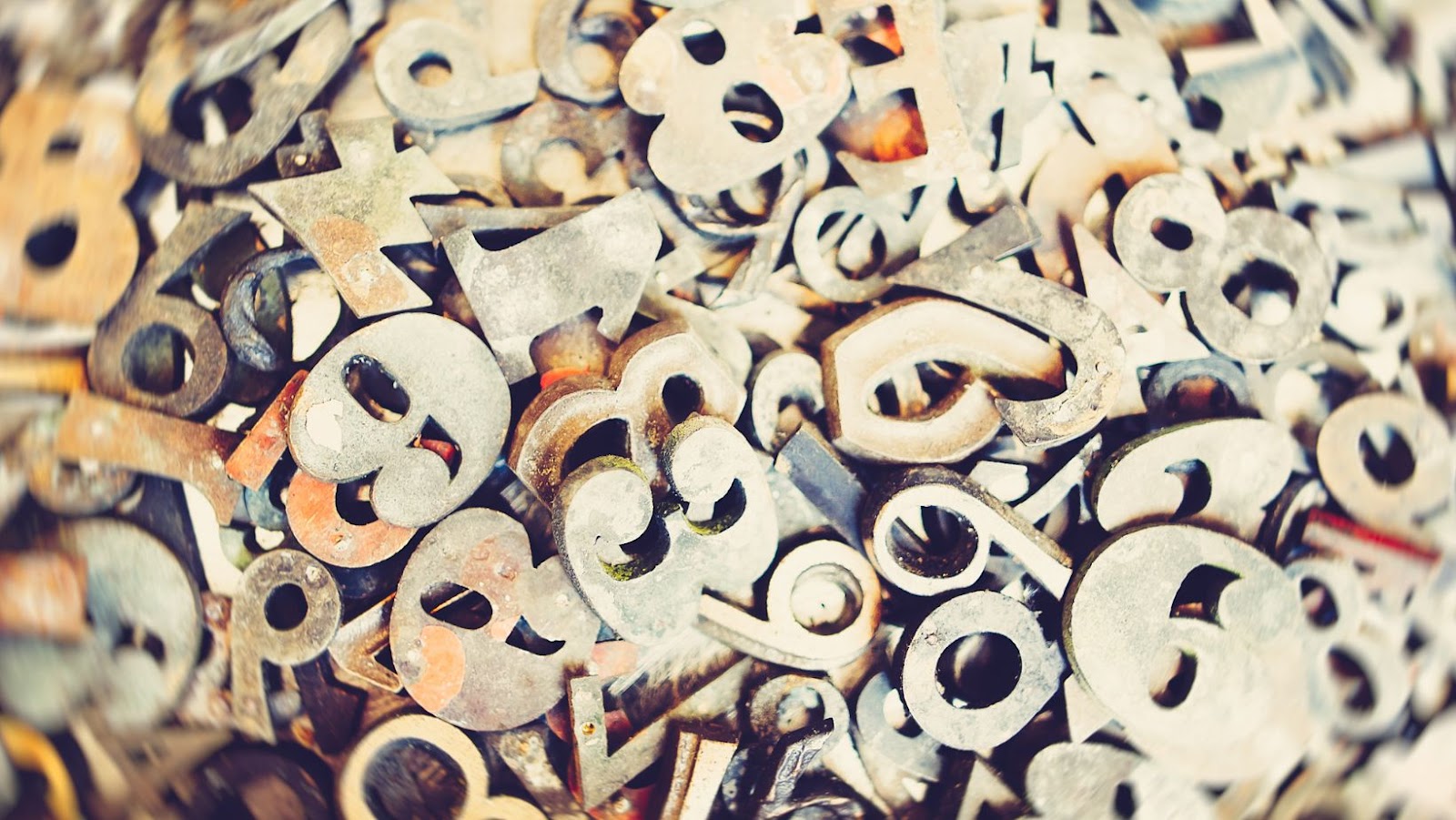Mixed number format is a way of representing fractions in a more convenient and easy-to-understand form. It consists of a whole number and a proper fraction, separated by a space, and is often used in everyday situations, such as cooking or measuring.
For example, the mixed number 3 ½ represents 3 whole units, and half of another unit.
To convert an improper fraction to mixed number format, divide the numerator by the denominator. The quotient is the whole number, and the remainder (if any) is the numerator of the proper fraction.
For example, to convert the improper fraction 7/2 to mixed number format: 7 ÷ 2 = 3 with a remainder of 1.
So, the mixed number format of 7/2 is 3 1/2.
Using mixed number format helps in simplifying complex arithmetic problems and makes it easier to understand fractions visually.
Understanding Mixed Numbers
Mixed numbers are combinations of a whole number and a fraction, and can be written in two different formats – improper fractions and mixed numbers. Understanding how to convert between these two formats is important for many everyday maths problems, as well as for more advanced algebra and geometry.
In this article, we will take an in-depth look at mixed numbers and discuss when they should be used and how they can be written.
Definition of Mixed Numbers
Mixed numbers are a way of representing numbers that are not whole numbers or fractions but are made up of both. A mixed number consists of a whole number and a proper fraction, separated by a plus sign.
For example, 3 1/2 is a mixed number that represents three whole units and one-half of a unit.
Mixed numbers are written in the mixed number format, which is a combination of a whole number, a space, and a fraction.
The mixed number format is useful for representing quantities that fall between whole numbers and standard fractions. It is commonly used in arithmetic, algebra, and geometry to express measurements, dimensions, and calculations.
Understanding mixed numbers is essential for students who are learning basic math, as well as for professionals who deal with measurements and calculations in their work, such as engineers, architects, and scientists.
Pro Tip: To convert a mixed number to an improper fraction, multiply the whole number by the denominator of the fraction and add the numerator to get the new numerator. The denominator remains the same.

Parts of a Mixed Number
Mixed Numbers are a combination of a whole number and a fraction. These numbers are often represented in the standard format of a mixed number such as: 3 1/2 or 2 3/4. To understand how to read or write a mixed number correctly, it’s important to understand its parts:
Whole Number – This is the first part of the mixed number, which represents a full value or a complete count.
Numerator – The top number in the fraction, which represents the number of parts chosen out of the total number of parts.
Denominator – The bottom number in the fraction, which represents the total number of parts into which the whole is divided.
For example, in the mixed numbers 4 3/5, “4” is the whole number, “3” is the numerator, and “5” is the denominator. Understanding the parts of a mixed number is crucial in performing operations such as adding, subtracting, multiplying, and dividing mixed numbers.
Difference between Mixed Numbers and Improper Fractions
Mixed numbers and improper fractions are two different ways to represent the same quantity in mathematics. Mixed numbers feature a whole number and a fraction combined, whereas improper fractions only have a fraction.
An improper fraction has a numerator greater than or equal to the denominator. It represents a value greater than one whole, unlike mixed numbers. For example, 7/4 is an improper fraction.
A mixed number format, on the other hand, has a whole number and a proper fraction separated by a space. The whole number represents the number of whole objects, while the fraction represents the remaining parts. For example, 3 1/2 is a mixed number.
To convert a mixed number to an improper fraction, you multiply the whole number by the denominator and add the numerator. This sum is used as the new numerator for the improper fraction, with the denominator remaining the same. To convert an improper fraction to a mixed number, divide the numerator by the denominator, resulting in the whole part and the remainder becomes the numerator of the proper fraction.
Understanding the difference between mixed numbers and improper fractions is essential in solving problems in mathematics and daily life.
Pro tip: You can convert between mixed numbers and improper fractions using multiplication and division.
Conversion of Mixed Numbers to Other Forms
Mixed numbers are numbers that are part whole numbers and part fractions. For example, the number four and one half (4 1/2) is a mixed number. The term “mixed number format” refers to the process of either converting a mixed number to an improper fraction or a decimal or vice versa.
Let us look into this conversion process in detail.
3497568340
In mathematics, mixed numbers are a combination of whole numbers and fractions. Converting mixed numbers to improper fractions can often make calculations simpler and more straightforward.
Here are the steps to follow:
- Multiply the whole number by the denominator of the fraction.
- Add the numerator to the result of the previous step.
- Write the result as the numerator of the improper fraction, with the denominator unchanged.
For example, to convert the mixed number 3 1/2 to an improper fraction:
- 3 x 2 = 6
- 6 + 1 = 7
The improper fraction equivalent of 3 1/2 is 7/2.
Conversion of mixed numbers to other forms such as decimals or percentages is also useful in many mathematical applications.
Visualisation of Conversion Process
Conversion of mixed numbers to other forms can be a tedious task for beginners, but with some visualisation techniques, it can be made simpler. Before that, let’s understand what a mixed number format is. A mixed number format is a combination of a whole number and a fraction. It is represented by a whole number followed by a proper fraction.
Here’s an easy visualisation technique to convert mixed numbers to other forms:
- Write the mixed number in a stacked format where the whole number is on top of the fractional part.
- Multiply the denominator by the whole number and add the numerator to get the new numerator.
- Keep the same denominator.
- Simplify the resulting fraction if possible.
- In this way, you can convert mixed numbers to improper fractions, decimals, or percentages.
Pro tip: After converting mixed numbers to other forms, take some time to practice by doing exercises to master the process.
Conversion of Mixed Numbers to Decimals
Mixed number format refers to a numerical value that is expressed as a whole number and a proper fraction. To convert a mixed number to a decimal, follow these simple steps:
1. Convert the fraction part of the mixed number to a decimal by dividing the numerator by the denominator. For instance, if the mixed number is 2 ¼, divide ¼ by 4, which equals 0.25.
2. Add the result to the whole number component of the mixed number. In this case, 2 + 0.25 = 2.25. Hence, 2 ¼ in mixed number format is equivalent to 2.25 in decimal format.
It is essential to convert mixed numbers to decimals as it is often easier to work with decimals when dealing with mathematical operations in real-life situations such as percentages, fractions, and ratio calculations.
Operations with Mixed Numbers
Mixed numbers are numbers that consist of a whole number and a proper fraction. They are a way of expressing numbers that cannot be expressed in whole numbers or fractions.
In this article, we will discuss the operations that can be performed on mixed numbers and how to use mixed numbers in maths.

Addition and Subtraction of Mixed Numbers
Mixed numbers are numbers that contain a whole number and a fraction. Performing addition and subtraction on mixed numbers requires some basic arithmetic and knowledge of fractions.
Here’s how to do it:
Addition:
Step 1: Find a common denominator for the fractions in the mixed numbers.
Step 2: Add the whole numbers together.
Step 3: Add the fractions together.
Step 4: Simplify the result if necessary by reducing the fraction to its lowest terms.
Subtraction:
Step 1: Find a common denominator for the fractions in the mixed numbers.
Step 2: Subtract the fraction from the whole number of the first mixed number.
Step 3: Subtract the fraction from the whole number in the second mixed number.
Step 4: Perform the subtraction of the whole numbers.
Step 5: Simplify the result if needed by reducing the fraction to its lowest terms.
Pro Tip: Remember to always simplify your answers by reducing fractions to the lowest terms.
Multiplication of Mixed Numbers
Multiplying mixed numbers involves two steps: converting mixed numbers into improper fractions and then multiplying them.
Here’s an example:
3 1/2 x 4 3/4
Step 1: Convert mixed numbers into improper fractions
3 1/2 = (2×3+1)/2 = 7/2
4 3/4 = (4×4+3)/4 = 19/4
Step 2: Multiply improper fractions
7/2 x 19/4 = (7×19)/(2×4) = 133/8
Step 3: Convert the answer back to mixed number format (if needed)
133/8 = 16 5/8
Therefore, 3 1/2 x 4 3/4 = 16 5/8. Always remember that mixed numbers have a whole number and a fraction part separated by a space or “+” sign, while proper fractions only have a numerator and denominator.
Pro tip: It’s important to simplify the fraction as much as possible to get the lowest term.
Division of Mixed Numbers
Division of mixed numbers involves dividing a whole number and a fraction by another whole number and fraction. To perform the division, you must first convert the mixed numbers to improper fractions.
Here are the steps to follow:
- Convert the mixed numbers to improper fractions. To do this, multiply the whole number by the denominator of the fraction, then add the numerator. Write the result over the denominator.
- Invert the second mixed number and convert it to an improper fraction.
- Multiply the first fraction by the reciprocal of the second fraction.
- Simplify the resulting fraction if necessary by factoring out any common factors.
- Convert the answer back to a mixed number if desired.
It is important to properly format mixed numbers when performing operations, as they represent a quantity greater than one that includes a whole number and a fraction.
Applications of Mixed Numbers
Mixed numbers can be used in a variety of different applications. From maths to science to engineering, mixed numbers can be used to represent fractions, decimals, or to calculate ratios or distributions of objects.
In this article, we’ll discuss the different applications of mixed numbers and how they are used in various fields.
Real-life Scenarios involving Mixed Numbers
Mixed number format is a combination of a whole number and a fraction, commonly used in measuring height, distance, and weight. Here are some real-life scenarios where mixed numbers are applied:
Baking: While baking, you need to measure ingredients like flour, sugar, and milk in specific quantities often given in mixed numbers. For example, a recipe may require 2 1/2 cups of flour or 1 3/4 cups of sugar.
Construction: In constructions, materials like lumber and concrete are measured in mixed numbers to prevent waste of excessive materials. For example, a carpenter may need to cut a piece of lumber to 3 1/2 feet to fit a particular section of a roof.
Distance: In measuring distances, mixed numbers are used to differentiate between miles and yards or feet. For example, a 5 1/2 mile run can also be expressed as 29,040 feet.
Cooking: In cooking, mixed numbers are used to measure specific amounts of ingredients like fruits, vegetables, and meat. For example, a recipe may call for 1 1/2 pounds of steak or 2 1/2 cups of diced tomatoes.
Real-life scenarios where mixed numbers are applied are numerous, and the concept becomes easier to understand and apply with constant practice.

Use of Mixed Numbers in Different Fields
Mixed numbers are frequently used in various fields of study, including math, science, and engineering. A mixed number is a numeral that consists of a whole number and a proper fraction. It is represented in the format of a whole number followed by a fraction.
Here are some examples of how mixed numbers are applied in different fields:
Maths: Mixed numbers are used in arithmetic operations such as addition, subtraction, multiplication, and division, as well as in solving fractions equations.
Science: Mixed numbers are used in chemistry to write and balance chemical equations, and in physics to convert units of measurement.
Engineering: Mixed numbers are necessary in engineering calculations, such as calculating the average of different measurements or creating designs based on precise measurements.
Mixed numbers are a crucial part of many real-world applications, and it’s essential to have a solid understanding of them for professional and practical purposes.
Advantages and Disadvantages of Using Mixed Numbers
Mixed numbers are a combination of whole numbers and fractions, expressed in the form of a whole number plus a fraction. While they have their advantages, they also come with several disadvantages.
Advantages:
1. Easier to understand – Mixed numbers are easier to interpret than improper fractions as they represent a whole number and a fraction together.
2. Better for real-life applications – Mixed numbers are better suited for measuring quantities in real-life situations where fractions would be difficult to comprehend.
Disadvantages:
1. Difficult for arithmetic operations – Performing mathematical operations like addition, subtraction, and multiplication with mixed numbers is more complicated than doing the same with improper fractions.
2. Inefficient for mathematical manipulation – Mixed numbers have a larger numerical representation than improper fractions which weakens mathematical manipulation using mixed numbers.
Pro Tip: While mixed numbers are generally considered advantageous for real-life situations and contexts, it is not always necessary to convert fractions into mixed numbers. Improper fractions can often be more efficient in mathematical operations.









